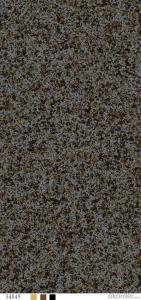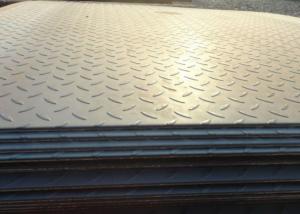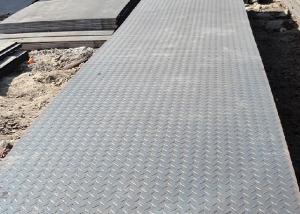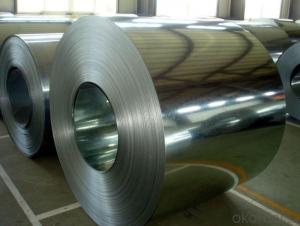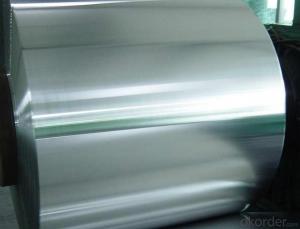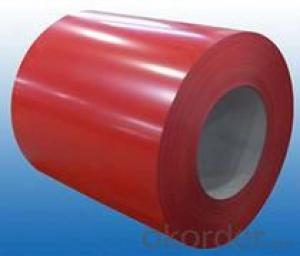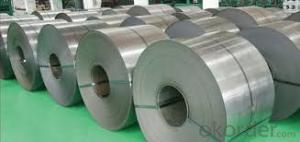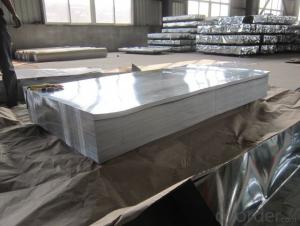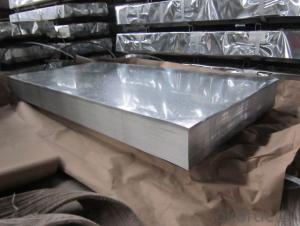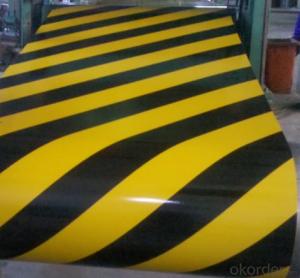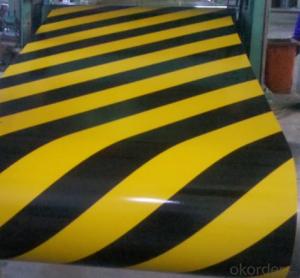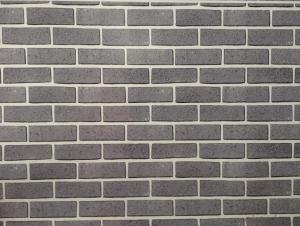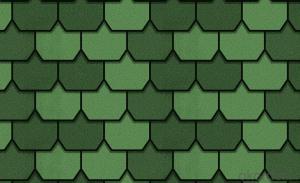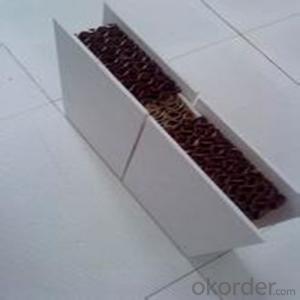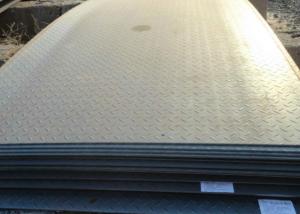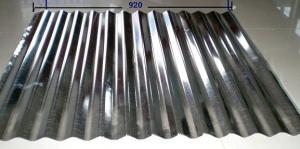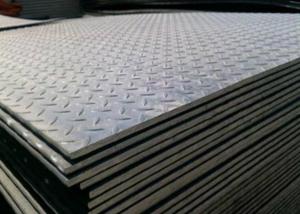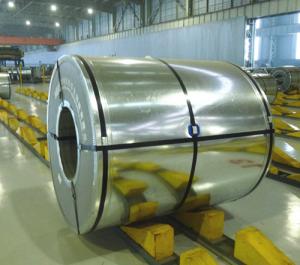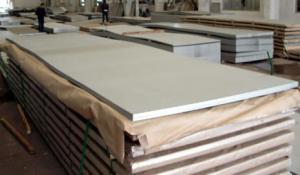color bond surface coating steel plate-- XY004
- Loading Port:
- China Main Port
- Payment Terms:
- TT OR LC
- Min Order Qty:
- -
- Supply Capability:
- -
OKorder Service Pledge
OKorder Financial Service
You Might Also Like
1. Color bond surface coating steel plate :
more than ten years experiences, the products are sold to the domestic city and some international cities we strivc to develop production of color coating steel plate the plating (aluminum )
zinc steel. Coil cheickness between 0.6mm and 1.5mm and the width from 600mm to 1250mm and a variety of high durability of color coating steel plate.
2.The company has multiple layer patterns for customers to choose The company provides products deep processing services ,meet the various needs of customers on board specifications All of out products comply with international quality standards and are greatly appreciated in a variety of different markets throughout the world
3. If you ate interested in any of our products or would like to discuss a custom order please feel free to contact us we are looking forward to forming successful business relationships with new clients around the world in the near future.
4.We can design the color and thickness according to customers' requirements. The delivery time is only 30 days after you confirm the order.
- Q: Are the steel sheets heat-resistant?
- Yes, steel sheets are heat-resistant. Steel is known for its high melting point, which makes it a suitable material for applications that involve exposure to high temperatures. It can withstand heat without warping or losing its structural integrity. However, the exact level of heat resistance may vary depending on the specific type of steel and its composition. Some steel alloys are specifically designed to have even higher heat resistance, making them suitable for use in industries such as aerospace, automotive, and construction, where high-temperature environments are common.
- Q: Are steel sheets suitable for architectural roofing?
- Yes, steel sheets are suitable for architectural roofing. Steel is a highly durable and long-lasting material, making it an excellent choice for architectural roofing applications. Steel sheets offer significant strength, allowing them to withstand harsh weather conditions, including heavy rain, snow, and strong winds. They are also fire-resistant, which adds an extra layer of safety to the building. Moreover, steel sheets are lightweight compared to other roofing materials, making them easier to install and reducing the overall load on the structure. Additionally, steel sheets come in a variety of colors and finishes, allowing architects to achieve the desired aesthetic appearance for the building. Overall, steel sheets offer numerous advantages for architectural roofing, making them a suitable choice for both residential and commercial projects.
- Q: What are the different types of steel sheet finishes for architectural applications?
- There are several types of steel sheet finishes commonly used in architectural applications, including hot rolled, cold rolled, galvanized, and stainless steel. Each finish has its own unique properties and aesthetic appeal, allowing architects to choose the most suitable option based on their specific design requirements.
- Q: What is the process of etching or engraving on steel sheets?
- The process of etching or engraving on steel sheets involves several steps to create intricate designs or patterns on the surface of the metal. Here is a general overview of the process: 1. Design and Preparation: The first step is to create or choose a design that will be etched or engraved onto the steel sheet. This design can be hand-drawn or created using computer software. Once the design is finalized, it is transferred onto a film or stencil. 2. Cleaning the Steel Sheet: Before beginning the etching or engraving process, the steel sheet needs to be thoroughly cleaned to remove any dirt, grease, or oxidation. This is typically done using a solvent or a degreasing agent to ensure a clean and smooth surface for the etching or engraving. 3. Applying the Stencil: The stencil or film with the desired design is carefully applied to the steel sheet. This stencil acts as a protective barrier, preventing the etching or engraving solution from affecting the areas that should not be etched or engraved. 4. Etching or Engraving Solution: A specialized etching or engraving solution is selected based on the desired effect and the type of steel being worked on. This solution is applied to the exposed areas of the steel sheet, where the stencil has not been applied. The etching or engraving solution chemically reacts with the steel, removing a thin layer of metal to create the desired design or pattern. 5. Control and Timing: The etching or engraving process requires careful control of factors such as temperature, time, and concentration of the solution. These parameters can affect the depth and quality of the etching or engraving, so it is crucial to closely monitor and adjust them as needed. 6. Rinsing and Cleaning: Once the desired etching or engraving depth is achieved, the steel sheet is thoroughly rinsed to remove any remaining solution. This step is essential to stop the chemical reaction and prevent any further etching or engraving. 7. Finishing Touches: After rinsing, the steel sheet may undergo additional steps to enhance the appearance of the etched or engraved design. This can include polishing, buffing, or applying protective coatings to improve durability and visual appeal. Overall, the process of etching or engraving on steel sheets requires precision, attention to detail, and the use of specialized tools and chemicals. It is a skillful art form that can produce stunning and intricate designs on steel surfaces.
- Q: What is the tensile strength of the steel sheets?
- The tensile strength of the steel sheets is the maximum amount of tensile stress that the sheets can withstand before breaking or deforming.
- Q: What is the standard size of steel sheets?
- The standard size of steel sheets can vary depending on the specific application and industry requirements. However, common standard sizes for steel sheets typically range from 4 feet by 8 feet to 6 feet by 20 feet, with thicknesses ranging from 0.15 inches to 0.5 inches.
- Q: What are the weight considerations for steel sheets?
- Weight considerations for steel sheets vary depending on the specific application and desired outcomes. Here are a few important points to keep in mind: 1. Thickness: The weight of a steel sheet is greatly influenced by its thickness. Thicker sheets generally have more weight, while thinner sheets are lighter. It is important to select a thickness that meets the project's structural requirements while also considering weight limitations. 2. Strength requirements: Different applications call for steel sheets with varying levels of strength. High-strength sheets are often thicker and heavier, while lower strength sheets can be thinner and lighter. Understanding the strength requirements of the project is essential in determining the appropriate weight of the steel sheets. 3. Transportation and handling: The weight of steel sheets affects how easy they are to transport and handle. Heavier sheets require more labor and equipment for lifting, loading, and unloading. Additionally, transport vehicles have weight restrictions that must be taken into account when choosing sheet sizes. 4. Structural limitations: The weight of steel sheets can impact the overall structural design. In some cases, lighter sheets may be preferred to reduce the load on supporting structures. However, in other situations, heavier sheets may be necessary to provide the required strength and stability. 5. Cost considerations: The weight of steel sheets also affects the overall project cost. Heavier sheets generally cost more due to the increased material needed and additional handling expenses. Therefore, it is important to find a balance between weight, cost, and performance to optimize the project budget. In conclusion, weight considerations play a crucial role in determining the appropriate thickness, strength, transportation requirements, structural design, and cost-effectiveness of steel sheets for a project. By carefully evaluating these factors, one can select steel sheets that meet specific needs while ensuring the optimal weight for the desired outcome.
- Q: Can the steel sheets be used for skylights or roof windows?
- Yes, steel sheets can be used for skylights or roof windows.
- Q: What is the typical thickness tolerance of a steel sheet?
- Depending on the specific industry and application requirements, the thickness tolerance of a steel sheet can vary. In general, a standard steel sheet may have a thickness tolerance ranging from +/- 0.001 inches to +/- 0.010 inches. This implies that the actual thickness of the sheet can fall within these tolerances. The determination of the tolerance level is influenced by factors including the manufacturing process, the intended use of the sheet, and the desired level of precision. It is worth mentioning that certain industries or applications may necessitate more precise tolerances, particularly when dimensional accuracy is of utmost importance.
- Q: Can steel sheets be used for heat exchangers?
- Yes, steel sheets can be used for heat exchangers. Steel is a common material used in heat exchangers due to its excellent thermal conductivity and durability. However, the specific type of steel and its composition may vary depending on the application and desired performance of the heat exchanger.
Send your message to us
color bond surface coating steel plate-- XY004
- Loading Port:
- China Main Port
- Payment Terms:
- TT OR LC
- Min Order Qty:
- -
- Supply Capability:
- -
OKorder Service Pledge
OKorder Financial Service
Similar products
Hot products
Hot Searches
Related keywords
